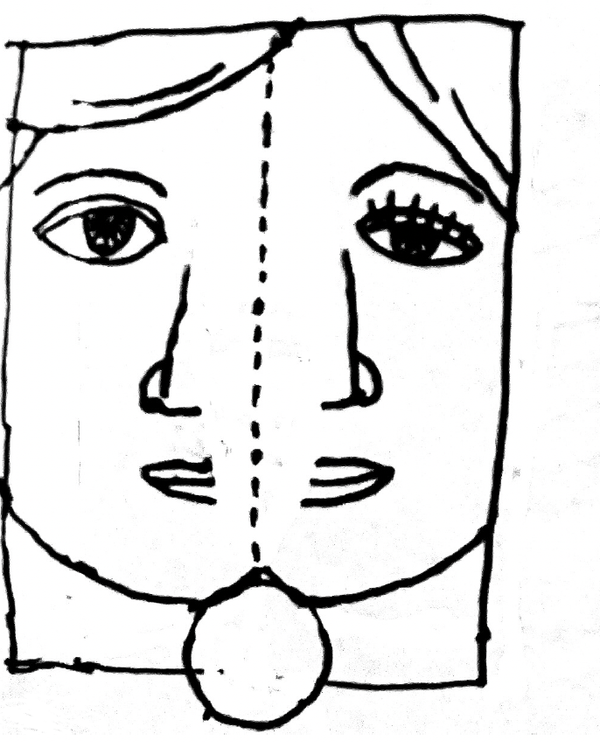In March, the National Center for Health Statistics reported that in 2023 just under 3.6 million children were born in the United States. This was the lowest number since 1979, when the country’s overall population was only two-thirds the size it is today. In turn, the country’s total fertility rate, a projection of the number of children born to each woman over her lifetime based on current fertility trends, fell to 1.62, another national record low surpassing the previous record set during the pandemic year of 2020. Just 15 years ago, not only the United States but France, Scandinavia, and all the English-speaking countries save Canada had fertility rates at or near replacement levels. Now even the most fecund are staving off population decline only with increasingly unpopular and politically unsustainable levels of mass immigration.
Why are Western women rather suddenly giving up on children? Policy-oriented answers from the think-tank world run the gamut from daycare affordability to housing prices to male wages to marriage rates. Far less attention has been paid to political causes. A social science literature on partisan fertility drawing data from several countries over the past 20 years shows that politics can have fertility effects as large as social and economic shocks, primarily downside effects on the women whose political parties lose. With the strong left-wing politicization of 20- and 30-something Western women together with the simultaneous rise of right-wing populism across the rich democracies, a political feedback loop has emerged with the potential to confound policy efforts and drive fertility continually lower.
Politics and fertility have some clear relationships. In both the United States and Europe, those on the political right have the highest lifetime fertility. European data suggests that right-wing people also intend to have more children in the near future than do centrists or those on the political left. This wasn’t always the case. Prior to the 1990s, Americans on the far left had a fertility advantage, but this disappeared as the left shed its association with the material interests of the working class and defined itself instead by the cultural interests of professionals.
The relationship between politics and fertility is not only general and long-term. Social science research shows that election results can trigger highly partisan fertility effects. After the 2004 surprise victory of the Spanish Socialist Workers’ Party, conservative Spanish municipalities saw a small short-term abortion spike and a larger long-term baby bust equivalent to the effect of cancelling a roughly $2,700 lump sum child benefit to new mothers. As the right-wing populist Sweden Democrats emerged in the 2010s, Swedish fertility declined in step with the party’s electoral strength at the municipal level. The effect was concentrated among women with a college degree, precisely those least likely to vote for right-wing populists. Donald Trump’s 2016 presidential election victory had both short-term and long-run fertility effects in the United States, measured at the county level. In the short run, fertility in heavily Republican counties spiked in the two months following the election. In the long-run, heavily Democratic counties experienced a steady fertility decline and an increasing fertility gap with heavily Republican counties over the entire two-year study period of the research. Those counties with the biggest electoral shifts toward Trump also saw the biggest relative fertility advantages.
“Strong female partisanship is an important part of the story.”
Of course, the post-2016 Republican baby boomlet didn’t increase the national fertility rate. Quite the contrary. US fertility fell every year of the first Trump administration. The same trajectory exists in Sweden. The Sweden Democrats won their first seats in parliament in 2010 which also happens to be Sweden’s recent fertility peak. Swedish fertility has been in notable decline since 2016 just as the Sweden Democrats have become the country’s leading right-wing party.
Strong female partisanship is an important part of the story. In the United States, women have stronger partisan identities than do men. Women are also more polarized than men in their partisan affect, liking their own party and disliking the other more strongly. This gender gap is wholly caused by white female Democrats, however; black women and men show no differences in polarization, and Republican women and men show none, either.
Women’s left-wing politics are enhanced by youth and roll over into a strong dislike of right-wing populists. In the 2024 US presidential election, women aged 18-29 were Kamala Harris’s strongest age-gender voting bloc and Donald Trump’s weakest. In the 2025 German federal election, 34 percent of women aged 18-24 voted for the formerly communist party Die Linke, nearly four times the party’s national support and more than two times the rate of young men. The right-wing populist AfD, on the other hand, won only 14 percent of young women’s votes despite winning 21 percent of the national vote. The same story can be told for the 2024 UK general election, in which a mere 6 percent of women aged 18-24 voted Reform, the party’s weakest demographic group by far, while 23 percent voted for the Green Party, nearly four times the national level.
These political facts not only act as a strong headwind against pronatalism today. They create a self-reinforcing cycle. Right-wing populism continues to grow in popularity, young women continue to move to the political left in response, and fertility decline grinds ever onward. If right-wing populists and young women cannot find common ground, the former will find themselves ruling and the latter will find themselves living in countries that have no future.
